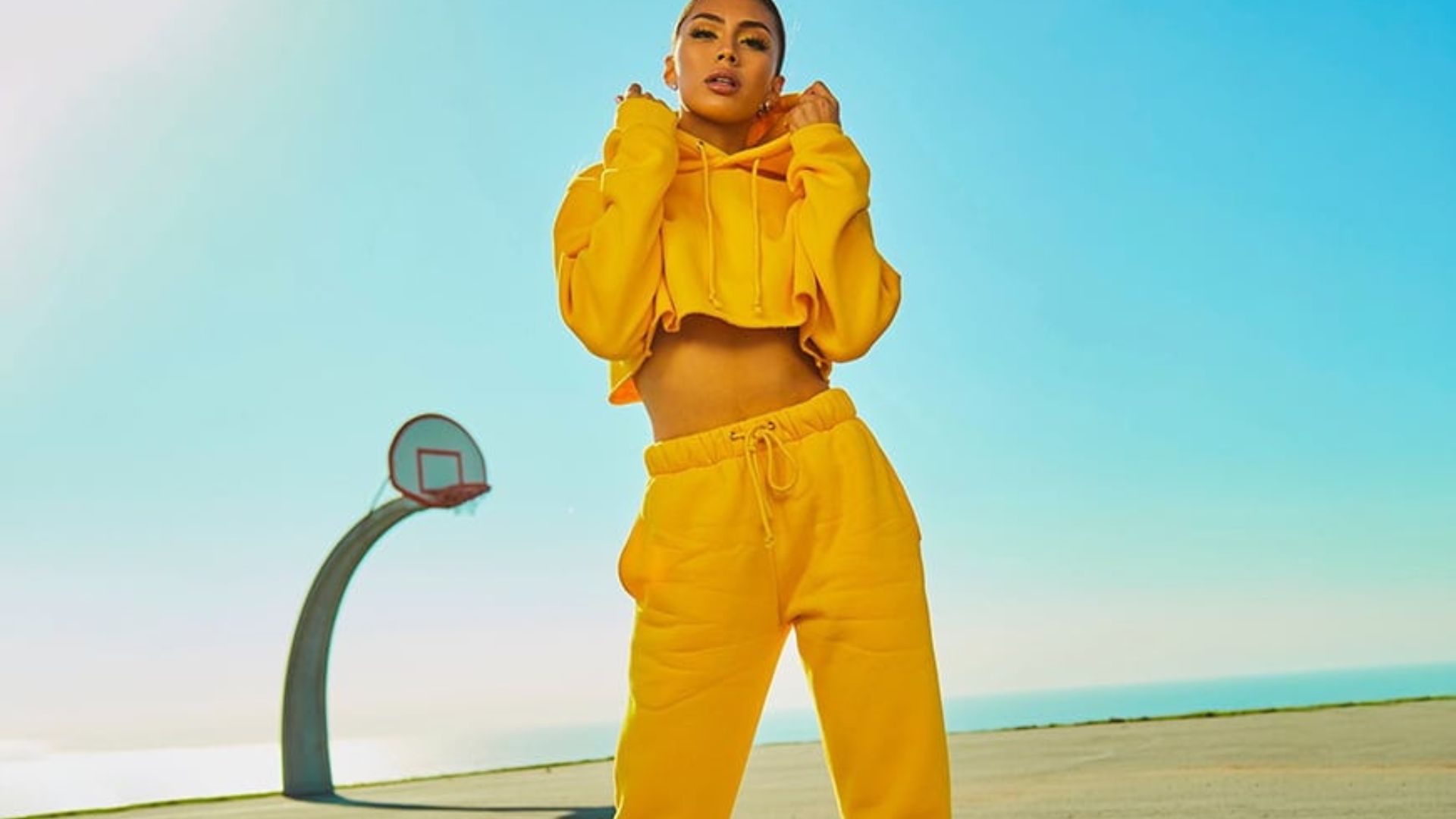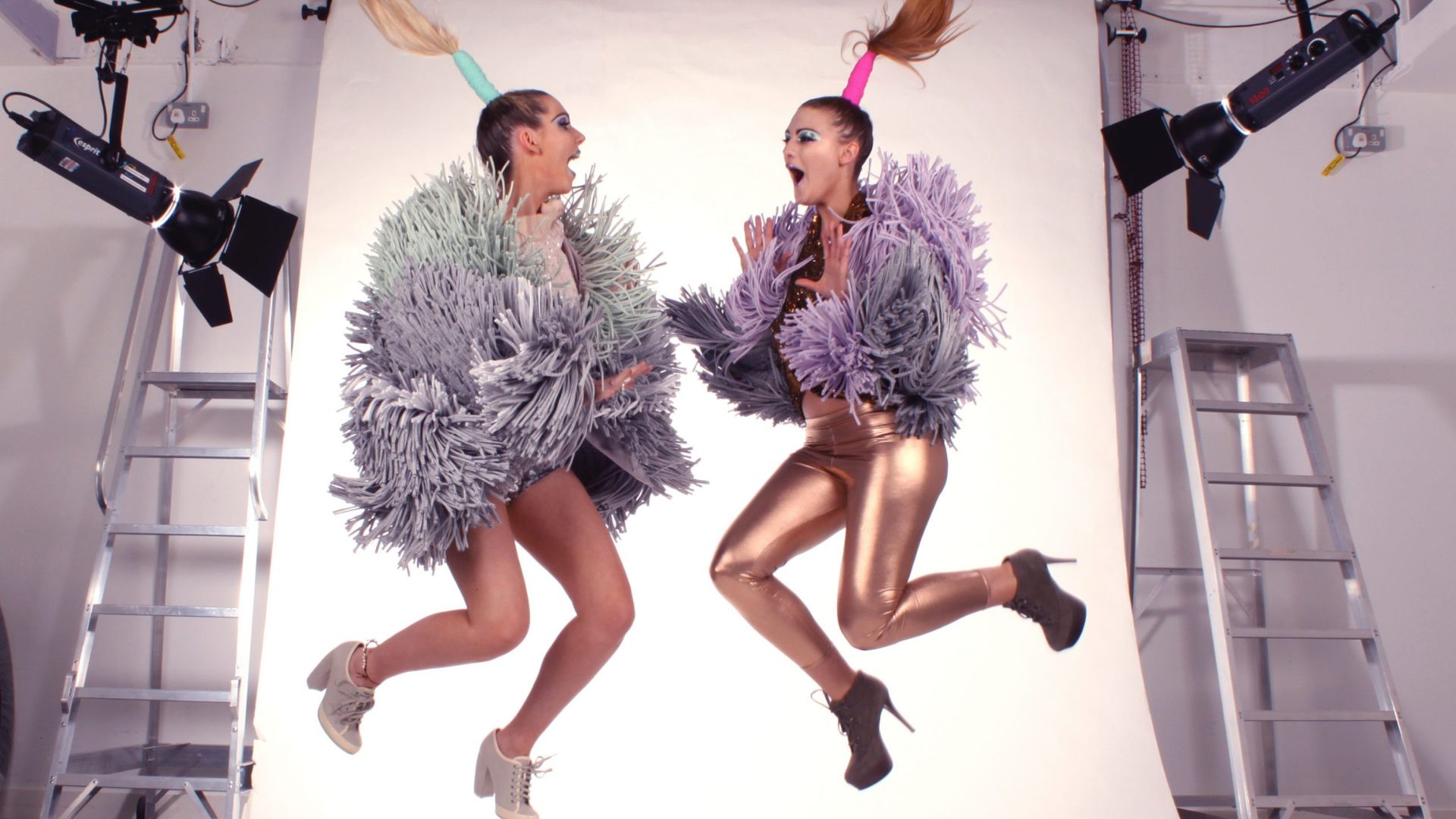
|
Getting your Trinity Audio player ready...
|
Fashion photography captures the essence of style, showcasing clothing, accessories, and models in dynamic compositions that evoke emotion and intrigue. Whether you’re an aspiring photographer looking to break into the industry or a seasoned pro seeking to refine your skills, mastering the art of fashion photography requires a blend of technical expertise, artistic vision, and boundless creativity. In this comprehensive guide, we’ll explore essential techniques, share expert tips, and provide inspiration to help you elevate your fashion photography to new heights.

Understanding Fashion Photography
At its core, fashion photography is about more than just capturing clothing; it’s about conveying emotion, evoking a mood, and telling a story. From high-fashion editorials to commercial campaigns, fashion photographers play a crucial role in shaping the visual identity of brands and designers.
Essential Equipment
Before diving into fashion photography, it’s essential to have the right gear. While top-of-the-line equipment isn’t always necessary, investing in quality cameras, lenses, and lighting gear can make a significant difference in the quality of your images. Some essential equipment for fashion photography includes:
Camera
Choose a DSLR or mirrorless camera with manual controls to have full control over settings such as aperture, shutter speed, and ISO.
Lenses
Invest in a variety of lenses, including a standard zoom lens, a portrait lens with a wide aperture for shallow depth of field, and a wide-angle lens for creative compositions.
Lighting
Experiment with natural light, studio strobes, and continuous lighting to achieve different looks and moods in your images. Consider investing in modifiers such as softboxes, umbrellas, and reflectors for more control over light quality and direction.
Accessories
Don’t forget essential accessories such as tripods, remote triggers, and memory cards to ensure smooth shooting sessions.
Techniques for Success
Mastering the technical aspects of photography is crucial for achieving professional-quality results in fashion photography. Some essential techniques to master include:
Composition
Experiment with different compositions, angles, and perspectives to create visually dynamic and compelling images. Consider the rule of thirds, leading lines, and negative space to add interest to your photos.
Lighting
Understand the principles of lighting, including direction, intensity, and quality, to create flattering portraits and accentuate clothing details. Experiment with different lighting setups, such as Rembrandt, butterfly, and split lighting, to achieve different moods and effects.
Posing
Work closely with models to achieve natural, expressive poses that complement the clothing and convey the desired mood or emotion. Provide clear direction and feedback to help the model feel confident and relaxed in front of the camera.
Styling
Pay attention to styling details such as hair, makeup, and wardrobe to ensure cohesiveness and visual impact in your images. Collaborate with stylists, makeup artists, and hair stylists to bring your creative vision to life.
Expert Tips for Success
In addition to mastering technical techniques, incorporating these expert tips can help take your fashion photography to the next level:
Build a Strong Portfolio
Curate a diverse portfolio showcasing your best work to attract clients and collaborators. Include a variety of styles, themes, and subjects to demonstrate your versatility and range as a photographer.
Develop Your Unique Style
Find your unique voice and aesthetic as a photographer by experimenting with different techniques, themes, and concepts. Develop a signature style that sets you apart from the competition and resonates with your target audience.
Network and Collaborate
Build relationships with models, stylists, makeup artists, and other creatives in the fashion industry to collaborate on projects and expand your network. Networking can lead to valuable opportunities, referrals, and creative collaborations.
Stay Inspired
Draw inspiration from a wide range of sources, including fashion magazines, art exhibitions, movies, and social media. Stay curious, open-minded, and receptive to new ideas and influences to keep your creativity flowing.
Creative Inspiration
To fuel your creative vision, draw inspiration from the work of master fashion photographers past and present. Study the iconic images of Richard Avedon, Irving Penn, and Helmut Newton for timeless elegance and sophistication. Explore the bold, avant-garde imagery of contemporary photographers like Annie Leibovitz, Steven Meisel, and Tim Walker for cutting-edge creativity and innovation. Experiment with different styles, themes, and concepts to develop your unique voice and aesthetic as a fashion photographer.
Conclusion
Mastering fashion photography requires a combination of technical expertise, artistic vision, and creative passion. By understanding essential techniques, incorporating expert tips, and drawing inspiration from the work of master photographers, you can elevate your fashion photography to new heights. So grab your camera, unleash your creativity, and embark on a journey to capture the beauty, style, and emotion of the fashion world through your lens.
